‘You’re unknowingly creating a breeding ground for mould’ – 4 cleaning mistakes pros warn are making your home damp
They're increasing your energy bills, too


I spend most of the winter simply trying to cope with the dark mornings, colder temperatures, and general gloominess. And while I try to keep my cleaning schedule as simple as possible, it seems I’m guilty of making winter cleaning mistakes that are making my home damp and increasing my energy bills. You probably are, too.
In preparation for the cold, wintry months, I’ve worked hard to declutter to prevent damp in my home, but I must admit my cleaning routine tends to stay the same year-round. I have the same tasks that I tick off my to-do list each week, and I’ve found a system that works for me.
But what I haven’t considered is that completing these tasks incorrectly - and not adding seasonally-specific tasks to that list - could be causing unnecessary damp and condensation. In many cases, I’m even forcing my heating to work harder, squashing all of my attempts to save energy at home. So, these are the winter cleaning mistakes I’m now trying to avoid.
1. Not cleaning radiators
When was the last time you cleaned your radiators? Well, one of the biggest winter cleaning mistakes people make is not cleaning their radiators regularly, and a dirty radiator can even increase energy bills by up to 25%.
Andy Ellis from Vidalux.co.uk warns, ‘When dust and dirt accumulate between the grooves in a radiator, it can hinder the transfer of heat, causing the radiator to heat rooms more slowly. As a result, it won’t perform to its full potential, leading to reduced efficiency.’ You’ll also need to keep your heating on for longer to feel the full effects, too, meaning you’ll use more energy.
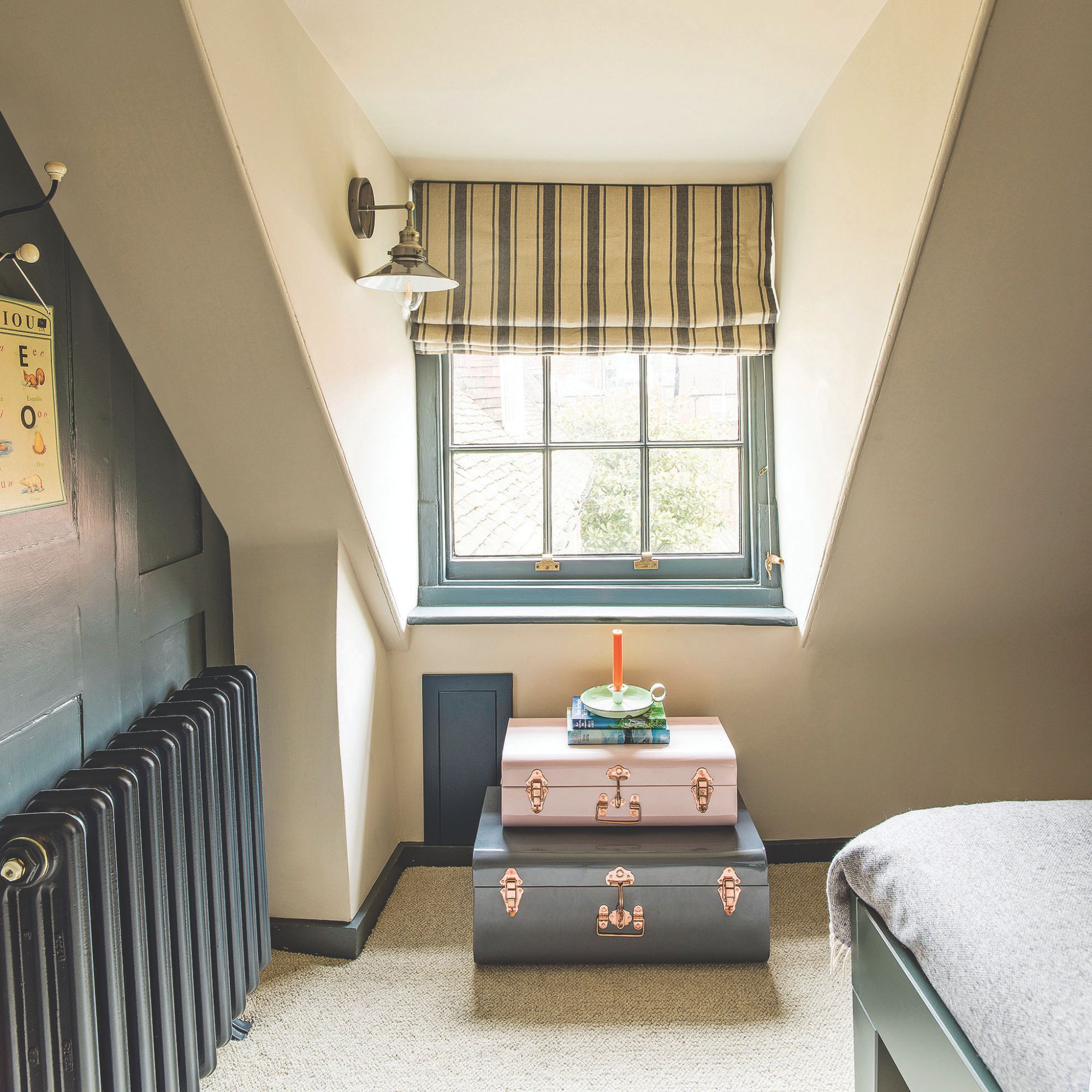
As if that wasn’t enough, dust also absorbs moisture from the air. So, if you have increased condensation and damp around your windows (which is typically where radiators are located), dirtier radiators will absorb more of the moisture, which will ultimately lead to increased mould growth during the colder months.
Because of this, it’s worth using a tool like this Holikme Radiator Cleaner Brush (£9.99 at Amazon for a 2-pack) to clean your radiator, but you don’t necessarily have to buy anything. You can also use the hair dryer hack to get the job done. Then, simply wipe down the exterior of the radiator with a cleaning cloth and a solution of washing-up liquid and water.
Sign up to our newsletter for style inspiration, real homes, project and garden advice and shopping know-how
2. Neglecting your soft furnishings
You probably already know how to clean a sofa and already tick this task off your to-do list every so often. But it’s important to increase how often you do this during the colder, wetter months, as not cleaning your soft furnishings regularly can lead to damp and increased energy bills.
This is echoed by Monika Puccio, Interiors Expert at Sofa Club, who explains, ‘Dust, fibres and pet hair that gather in sofas and rugs can hold onto moisture, so if they’re not vacuumed regularly, you’re unknowingly creating a breeding ground for mould and mildew. Over time, that excess humidity doesn’t just damage your furniture, it can make your whole home feel colder and less energy-efficient, meaning your heating has to work harder.’

With that in mind, I’d suggest using one of the best cordless vacuums (or even one of a handheld vacuum) to vacuum your upholstery at least once a week during the winter months. The same goes for your curtains and mattress, too.
For invisible debris you can’t see with the naked eye, I’d also recommend adding a carpet scraper to your cleaning routine. I’ve just started using this Spacehoop Premium Lint Remover and Carpet Scraper (£3.98 at Amazon) and can’t believe how much hidden hair it removed from my carpets, rugs and sofa.
3. Missing a vital area of your fridge
The seal of your fridge may seem rather insignificant in the grand scheme of things, but it can have a much bigger impact on your home - and your energy bills - than you’d think. That’s because many people forget this step when cleaning a fridge, and neglecting it can lead to irreparable damage that can have a knock-on effect in your home.
In fact, a dirty, grimy fridge seal will inevitably break down over time, and in most cases, it’ll become brittle and lose all of its flexibility. This will cause it to snap and ultimately compromise the airtight barrier between your cold (and damp) fridge and the rest of your home.

Senior Product Manager at Hisense UK, Matthew Glynn, explains, ‘A loose seal lets cold air escape, forcing the appliance to work harder. Clean the rubber seal and make sure they create a tight fit. An easy test is to close the door on a piece of paper; if you can pull it out easily, the seal might need replacing.’
So, to avoid making any winter cleaning mistakes, it’s important to regularly clean your fridge seal or replace it if it needs to be. And while you’re at it, it’s also worth cleaning underneath and behind your appliances to remove any moisture-absorbing dust that could lead to damp or overheated appliances. You can use this Flatmate Long Flat Duster, £10.99 at Lakeland, to do just that.
4. Using the right tools, but in the wrong way
There are so many amazing cleaning products and tools out there, but I have a serious soft spot for the best steam cleaners and mops. I genuinely think that you can’t beat the cleaning and sanitising power of steam, and I use mine at least once a week. However, a winter cleaning mistake is using a steam cleaner incorrectly.
Maria Roderique, professional cleaner at Wecasa, warns, ‘I love steam cleaners because they get straight to the root of the stain or problem, but they can also cause damage if they are used on materials like unsealed wood, plaster, or wallpaper because they can push moisture into the surface and cause long-term damp spots.’
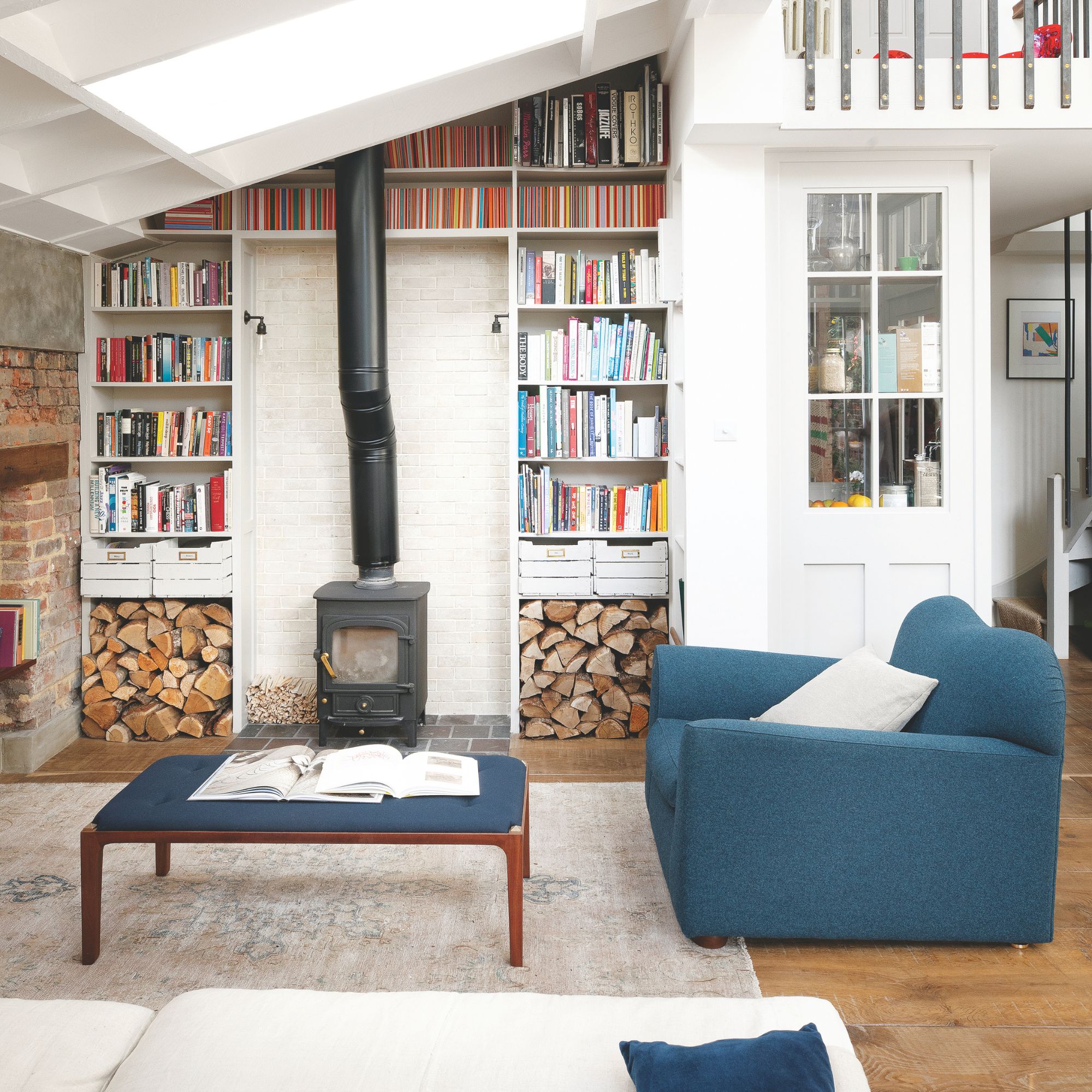
She adds, ‘It's the same when using too much water when cleaning floors, windows or crevices because excess water can escape to sensitive spaces and eventually cause dampness.’ Of course, that doesn’t mean that you can’t steam clean your floors (unless they’re engineered wood) or give them a mop over the winter - you just need to be careful.
All you need to do is keep steam cleaning and mopping to a minimum and avoid cluttered, unventilated areas, as there will be nowhere for the moisture to escape. For an extra piece of mind, it’s also a good idea to invest in one of the best dehumidifiers to suck up this extra moisture before it makes your home damp and you need to crank up the heating to combat it.
Winter cleaning essentials
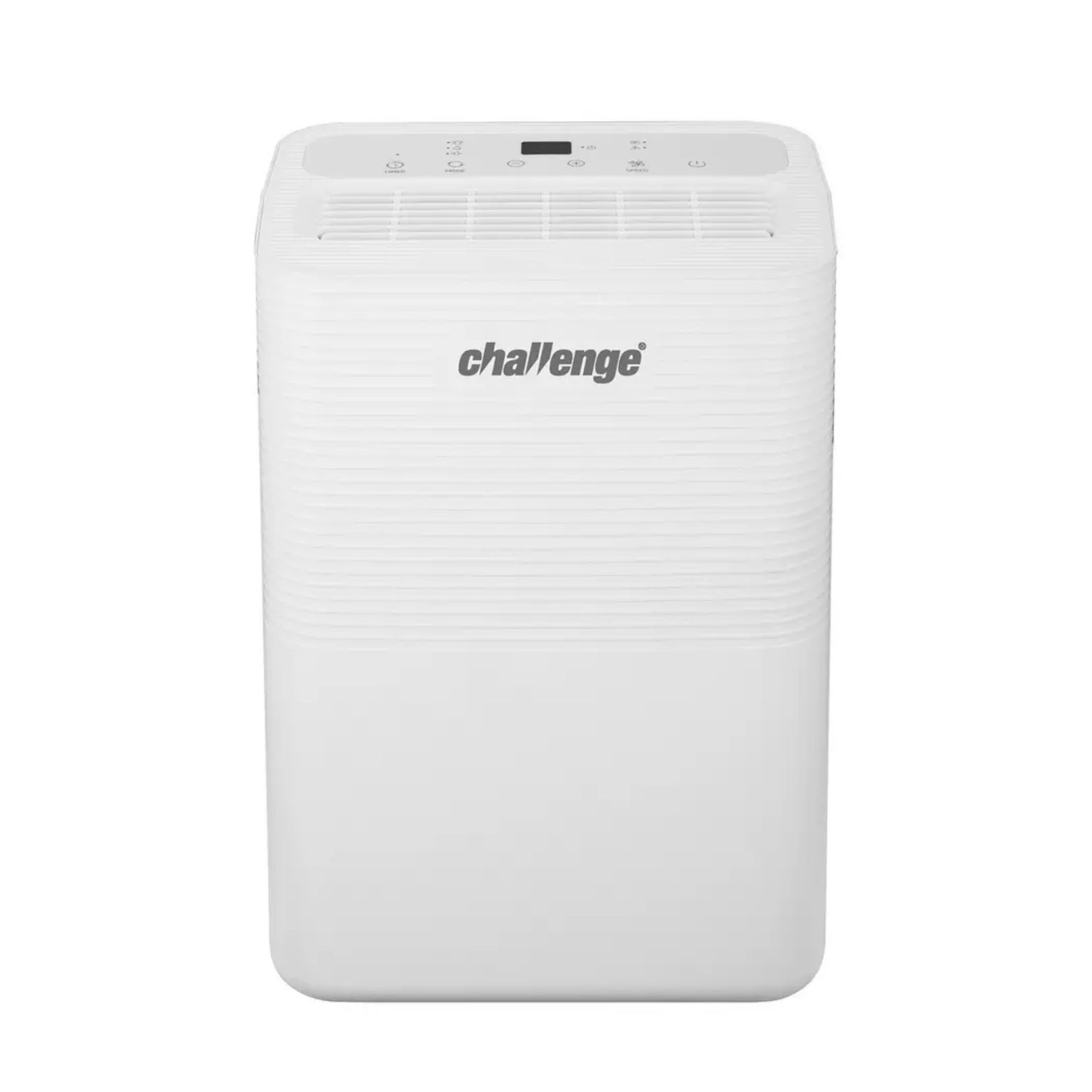
This is the dehumidifier I use in my home, and I genuinely couldn't recommend it more. Sure, it's not as fancy as other models on the market - but it's also much cheaper and still gets the job done. You can read my review of it here.
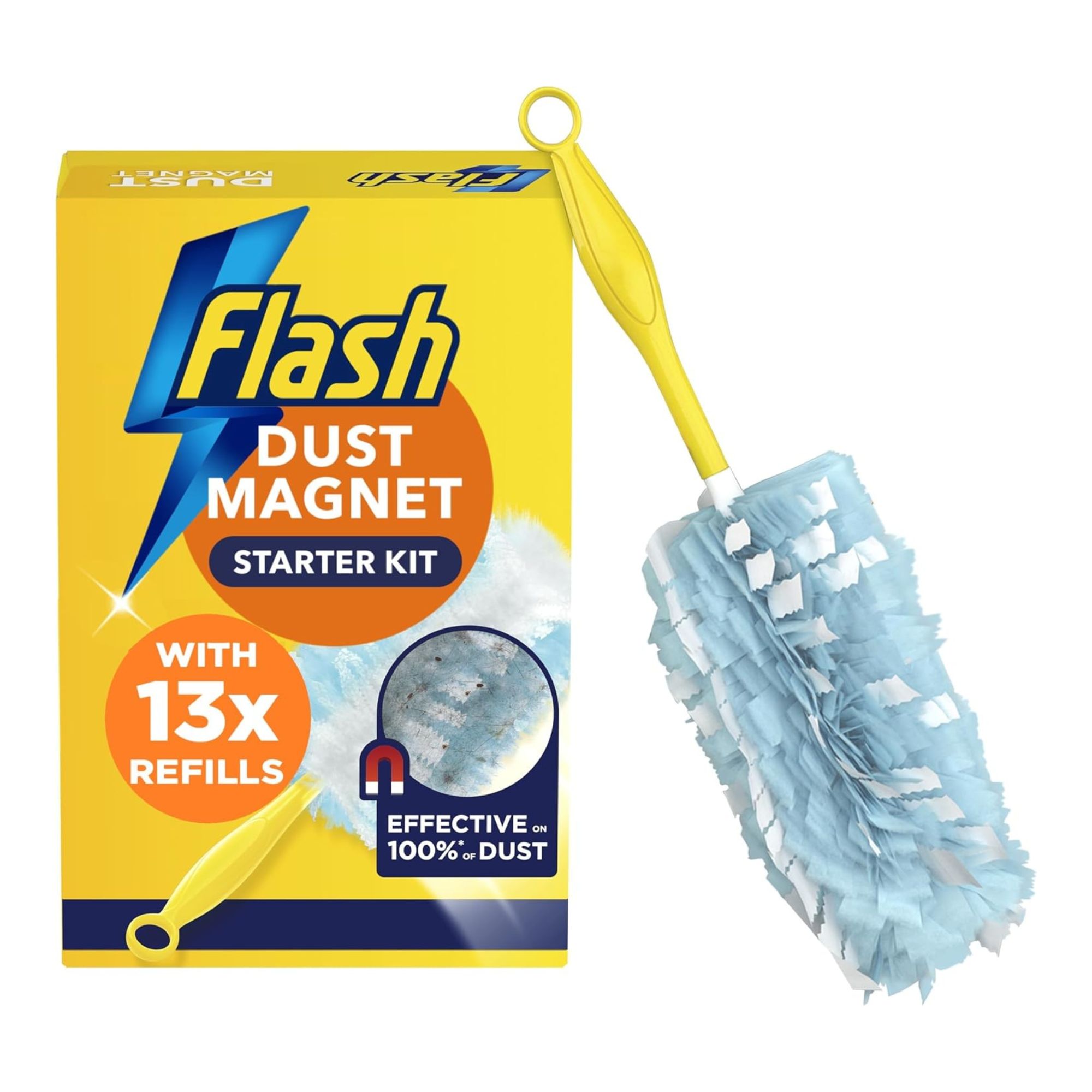
Although I don't particularly like how the refills can only be recycled at certain places, I've yet to find anything that cleans a dusty house quite like this. It catches dust from the smallest of nooks and crannies, and it captures 3 times more than a traditional feather duster.

It's well worth having a handheld vacuum on hand when you're cleaning during the winter months, as it'll help you tackle everything from your upholstery to your rugs. This is the top-rated model in our guide, and you can read our review here.
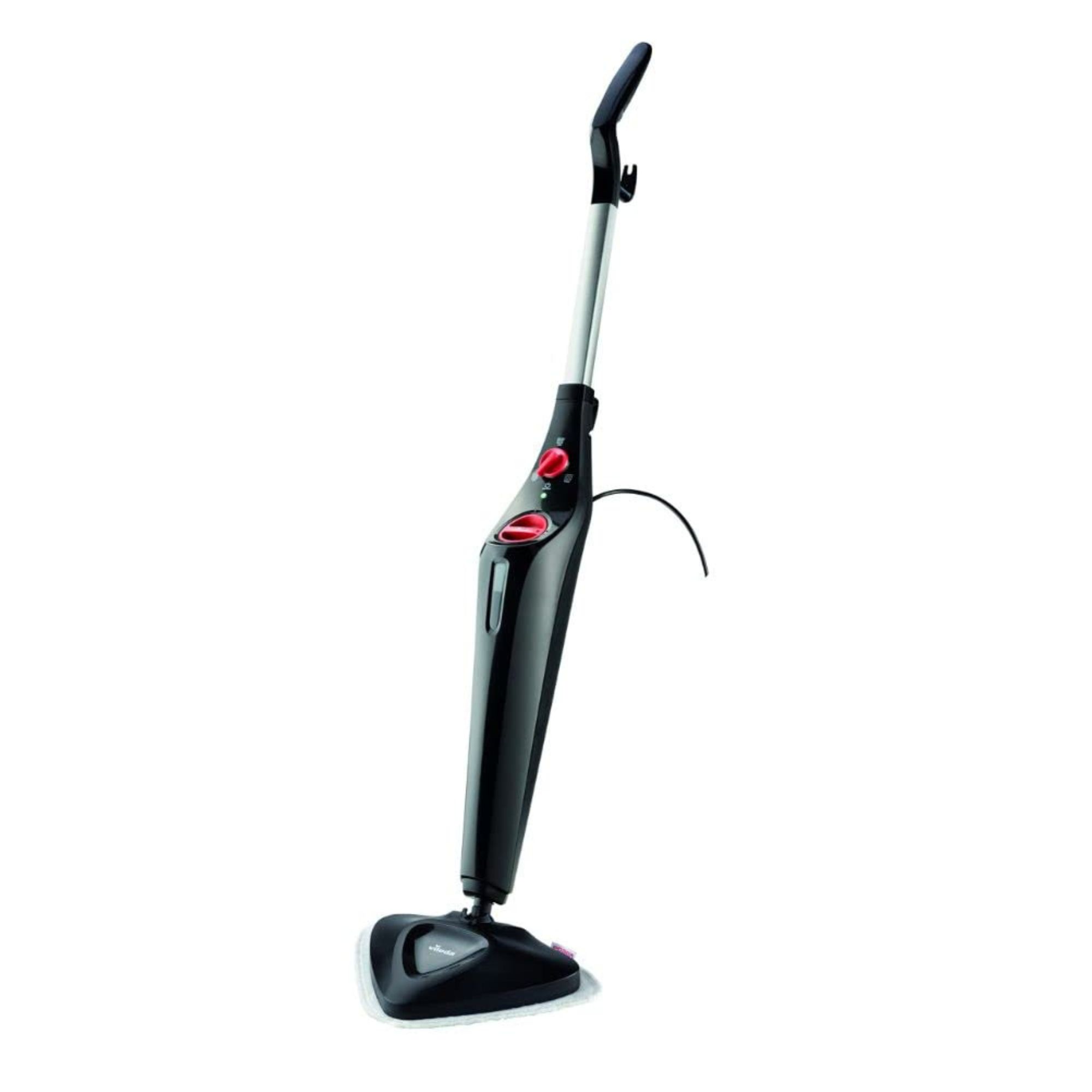
I swear by this steam mop for cleaning my home, and it's well-equipped to deal with your winter cleaning schedule. It comes with a carpet glider to maintain a barrier between the steam and your carpet, and it's incredibly powerful and heats up quickly - so you only need to use it for short bursts. Read my review of it here.
So, make sure you avoid these cleaning mistakes to prevent damp in your home this winter!

Lauren Bradbury has been the Content Editor for the House Manual section since January 2025 but worked with the team as a freelancer for a year and a half before that. She graduated with a Bachelor’s degree in English and Creative Writing from the University of Chichester in 2016. Then, she dipped her toe into the world of content writing, primarily focusing on home content. After years of agency work, she decided to take the plunge and become a full-time freelancer for online publications, including Real Homes and Ideal Home, before taking on this permanent role. Now, she spends her days searching for the best decluttering and cleaning hacks and creating handy how-to guides for homeowners and renters alike, as well as testing vacuums as part of her role as the Ideal Home Certified Expert in Training on Vacuums, having spent over 110 hours testing different vacuum models to date!
You must confirm your public display name before commenting
Please logout and then login again, you will then be prompted to enter your display name.

